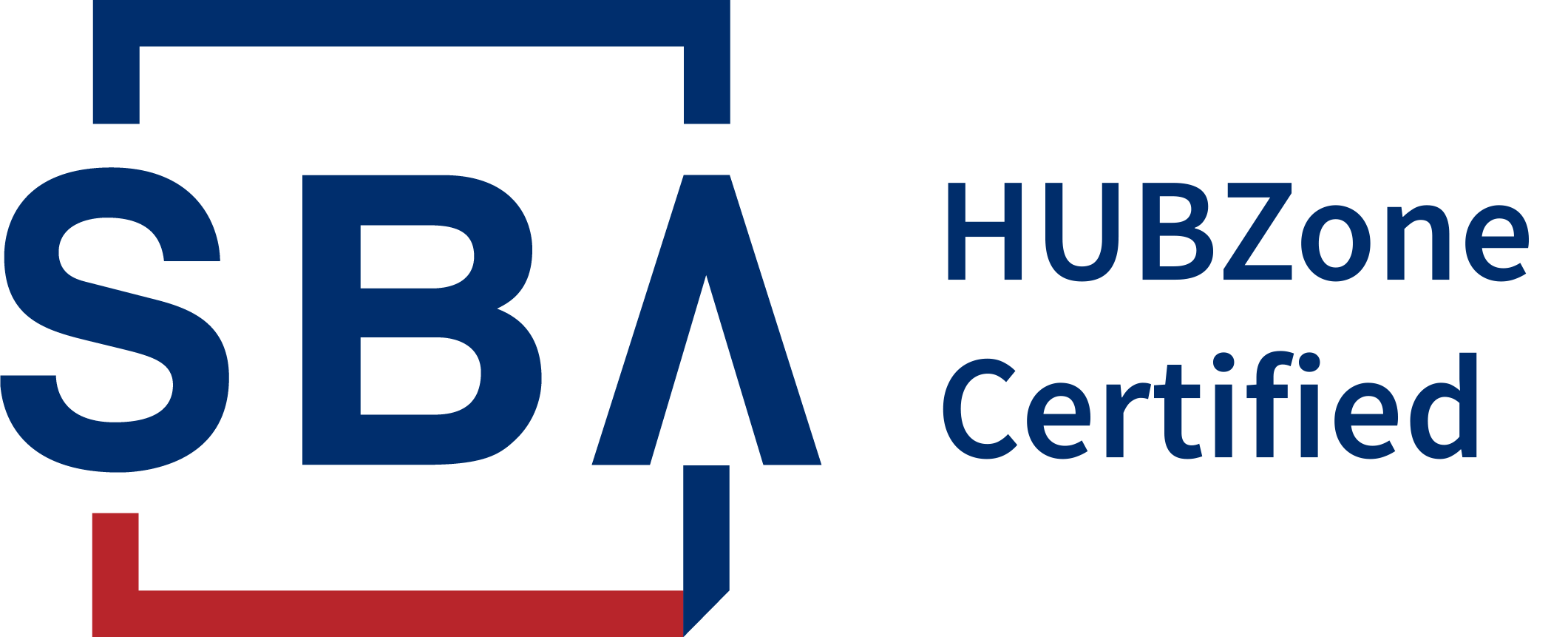Product lifecycle management (PLM) refers to the management of data and processes used in the design, engineering, manufacturing, sales, and service of a product across its entire lifecycle and across the supply chain. Product lifecycle management has a long history in the manufacturing space, but as it stands today, the term generally refers to a software solution and a broader use case beyond just the manufacturing process.
Why Do Companies Need PLM?
Companies that manufacture goods experience a range of issues outside of the scope of design and manufacturing. Product lifecycle management (PLM) mitigates those issues and helps align and integrate key resources, quickly making product information accessible to teams across the organization.
PLM was originally designed to help engineers collaborate on the latest product designs and control information across the lifecycle of a product. But because their technology stack was on-premise, PLM solutions focused only on internal employees. Today, product lifecycle management as a methodology has evolved to include a larger portion of the organization, including customer service, marketing, sales, suppliers and partner channels.
Because of the strong focus on engineering, original PLM solutions were built with the engineer in mind. Legacy PLM was created to help engineers increase productivity, accelerate time to market, and lower product costs. Today’s next-gen PLM software includes new benefits of product lifecycle management across the entire organization and allows for faster customer responsiveness and greater customer transparency, greater product quality even for complex products, helping boost revenue and get products to market faster.
What is cloud-based PLM?
Cloud-based product lifecycle management software varies from its on-premise predecessor in that it creates a single source of truth to expedite and improve product development, and track data and processes – all from the cloud. Today’s cloud PLM software updates product changes, advancements, and industry compliance as they happen in real-time, allowing for timely collaboration between all departments in the product development process regardless of location.
The evolving workforce and increase in remote employees require more robust and collaborative software systems with a better user experience to operate in today’s business landscape. Most new PLM solutions have adjusted to this need and offer multi-layered communication and process management, allowing different sites, employees, and partners to collaborate seamlessly no matter where they are in the world.
Keep Reading: https://www.propelplm.com/articles/what-is-product-lifecycle-management




